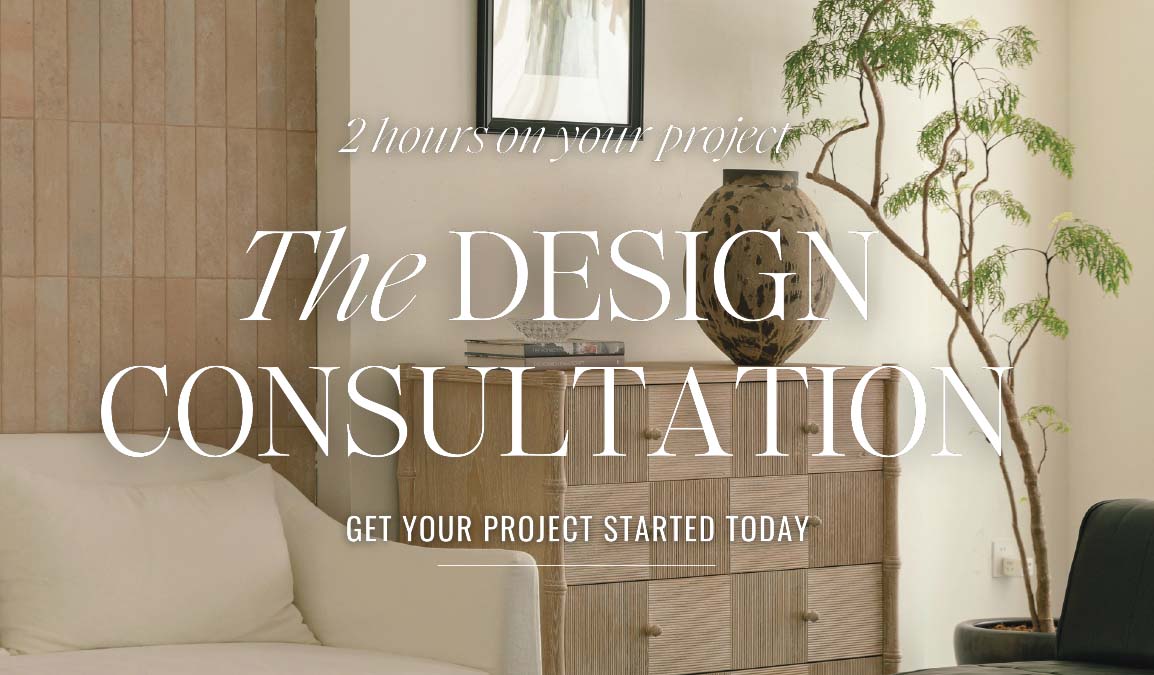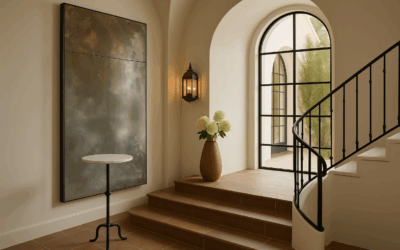
As a parent, you want to provide a nurturing and adaptable space for your new baby, a room that can evolve with them as they reach different milestones in their development. The following are essential considerations, practical tips, and creative ideas to design a room that not only meets your baby’s immediate needs but also adapts seamlessly as they grow into toddlers, children, and beyond. Get ready to create a space that will support your child’s growth, foster their imagination, and provide a sanctuary for them to thrive in.
Choose a Neutral Backdrop for the Bedding and Art
Opt for a neutral color palette as the base for your baby’s room. Soft shades such as light gray, beige, or pastels create a calming environment and can easily transition as your child grows. Neutrals provide a timeless backdrop, allowing you to change the room’s art and bedding in the future without repainting.
Invest in Convertible Furniture
To maximize functionality and adaptability, invest in convertible furniture. A crib that can later transform into a toddler bed and eventually a twin-sized bed is an excellent long-term investment. Similarly, consider a changing table that converts into a dresser, saving both space and money as your child’s needs change.
Create Ample Storage Space
Children accumulate toys, books, and clothes as they grow. Ensure a clutter-free room by incorporating ample storage solutions. Opt for multi-purpose furniture like storage ottomans or benches that provide both seating and hidden storage. Install open shelves to display books and toys, making them easily accessible for your child as they grow older.

Designate Zones for Learning and Play
As your child grows, they’ll require dedicated areas for learning and play. Designate a cozy reading nook with a comfortable chair, bookshelf, and soft lighting to encourage a love for books. Set up a play corner with a playmat, storage bins, and a small table for creative activities. These defined spaces foster independence and allow your child to engage in various activities within their room.
Incorporate Adjustable Lighting
Lighting plays a crucial role in creating a soothing atmosphere. Install adjustable lighting options such as dimmer switches or lamps with varying levels of brightness. This allows you to adapt the lighting to your child’s needs as they transition from a nursery to a toddler or school-age room.
Consider Safety and Accessibility
To ensure your child’s safety, design the room with their needs in mind. Anchor furniture to the wall to prevent tip-overs and select child-proof hardware. Install window guards or cordless blinds for window safety. Keep electrical outlets covered and ensure that any rugs or mats are securely fastened to the floor. Regularly check the room for potential hazards as your child grows.
Designing a room for your new baby that grows with them is a thoughtful and exciting process. By considering their changing needs and preferences at different stages of development, you can create a space that will adapt and evolve with them. From choosing versatile furniture and incorporating ample storage solutions to creating play and learning areas, every element of the room should be carefully planned to support your child’s growth and development. Remember to prioritize safety and involve your child in the design process to make the room feel personal and special to them. With a well-designed and adaptable room, you can create a nurturing environment that will foster your child’s creativity, independence, and overall well-being as they journey through childhood. Enjoy the process of designing a room that will grow alongside your child, and watch as it becomes a cherished space filled with memories and love.
References:
How to Set Up a Beautiful Montessori Bedroom https://montessori-academy.com/blog/montessori-bedroom/
Ages & Stages – Infancy (https://www.choc.org/primary-care/ages-stages/)
Basics of Child Development (https://www.psychologytoday.com/us/basics/child-development)
SOMETHING FOR EVERYONE
THE PIECES RACHEL RETURNS TO, AGAIN AND AGAIN



